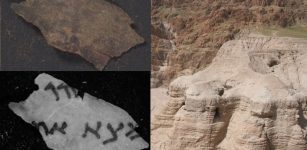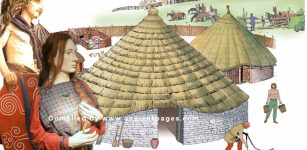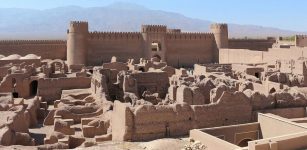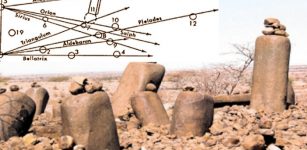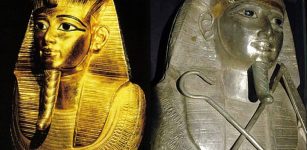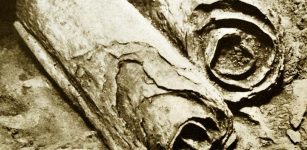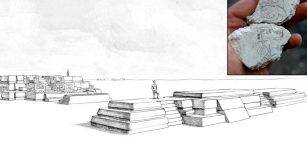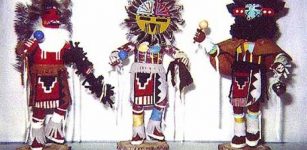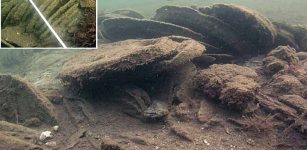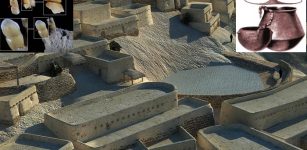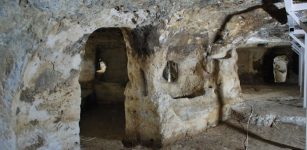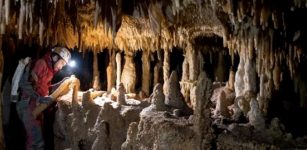19,000 Ancient Artifacts Unearthed At Calthorpe Gardens, England
Conny Waters - AncientPages.com - Archaeologists have made a remarkable discovery at a "once-in-a-decade" site in the United Kingdom, unearthing as many as 19,000 ancient artifacts from prehistory to the early Medieval period. The excavation, conducted at the Calthorpe Gardens residential development on the outskirts of the historic market town of Banbury in southern England, has yielded a wealth of historical treasures.
Pieces of a bone comb. Credit: Orbit Homes
Among the most significant finds are a series of flint tools dating back to the Mesolithic period, also known as the Middle Stone Age, which lasted from approximately 10,000 B.C. to 4,000 B.C. in Britain. These ancient tools provide valuable insights into the lives and practices of our prehistoric ancestors.
The excavation, undertaken by house builder Orbit Homes before constructing new homes at Calthorpe, has proven to be an archaeological goldmine, shedding light on the region's rich cultural heritage.
During the excavation, researchers uncovered remnants of a small community dating back to the Late Bronze Age through the Middle or Late Iron Age. In the vicinity, they also discovered an Anglo-Saxon burial site from the early medieval period, containing the remains of at least 52 individuals. The Anglo-Saxons were a group of people originating from Germanic tribes who settled in Britain after the Romans departed around 410 AD, marking the beginning of the early Middle Ages in the region.
The Calthorpe site is an archaeological treasure trove. Handmade pottery and textile tools have been uncovered from the Late Bronze Age to the Middle/Late Iron Age settlement, providing insights into the inhabitants' daily lives. The settlement comprised several large enclosures, which were likely used as animal pens, along with the remains of roundhouses, offering a glimpse into the architectural styles of the time.
A gold pendant found during an excavation at Calthorpe Gardens. Credit: Orbit Homes
Furthermore, the site has revealed a wealth of grave goods from the Anglo-Saxon burials, including bead necklaces, pendants, personal objects, and weapons. These artifacts offer valuable information about the burial practices, craftsmanship, and cultural traditions of the Anglo-Saxon period.
"The grave goods are astounding, just in the volume, their style—there are so many different types of material," Janice McLeish, director of post-excavation services with Border Archaeology (BA), the consultancy in charge of the excavation, said in an Orbit Homes video.
"Within the assemblage, we've got glass beads, we've got metalwork, we've got some pottery. It's just a really remarkable assemblage to have on one site."
Orbit Homes considers the artifacts uncovered at the Calthorpe site of significant regional importance. These finds will provide valuable insights into the lives of people who inhabited the area over several thousand years of history.
"I think the potential of the site is to show people were here over a very long period of time, doing different things at different times," McLeish said. "We've been so lucky at Calthorpe Gardens, we've been totally spoiled with the finds that have been recovered."
See also: More Archaeology News
"Archaeology in itself is exciting, but when you get to cover so many time periods on the one site, it is just such a joy to do. The local area was very rich in archaeology. And the area in particular, on top of that hill has been a focal point since the Mesolithic, and possibly even before that. So people have been attracted to that location for a number of different reasons. And we're just seeing the glimpses of the people that have left their mark there."
The sheer number and diversity of artifacts uncovered during this dig highlight the importance of preserving and studying these historical sites before they are lost to modern development.
Written by Conny Waters - AncientPages.com Staff Writer



